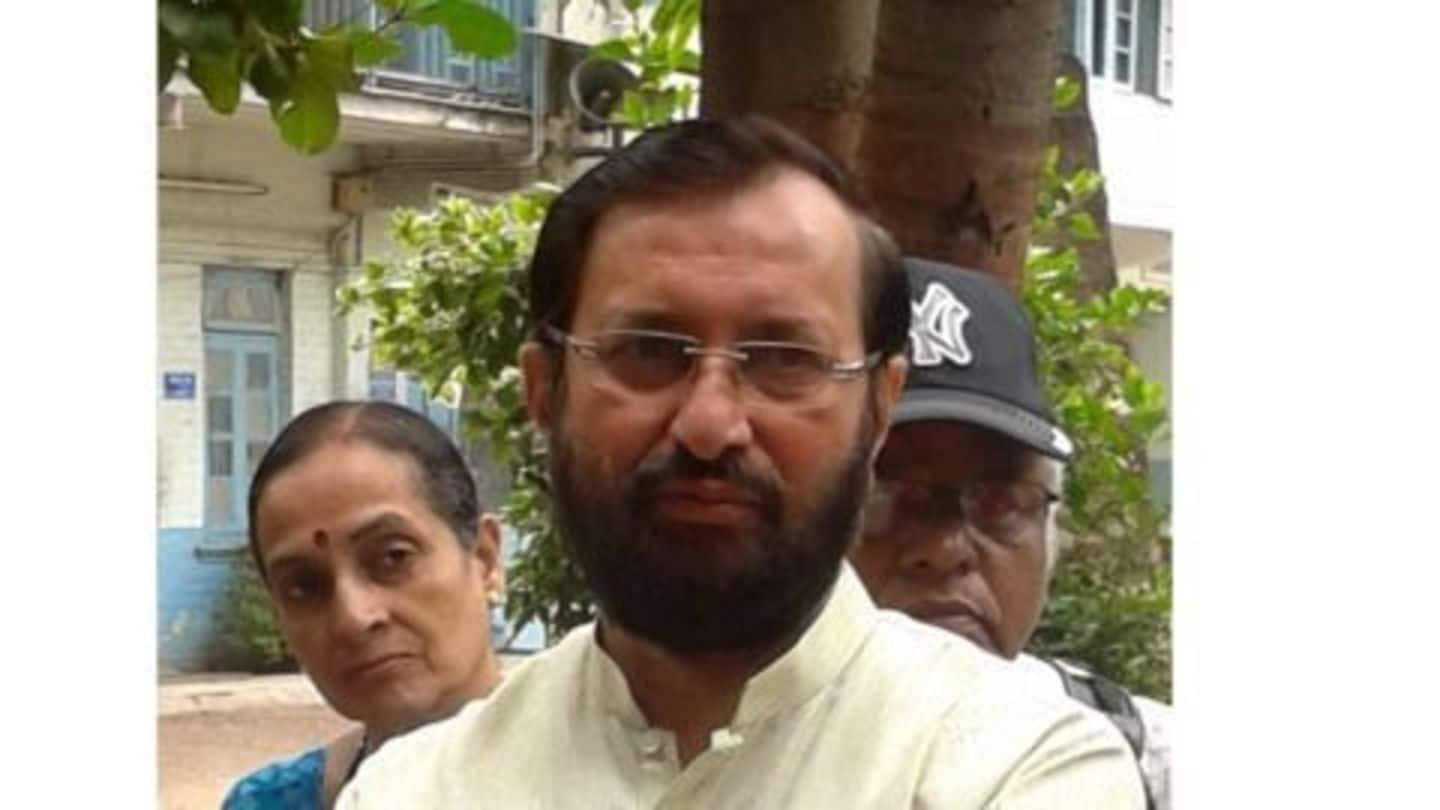
Govt proposes ranking states on education
What's the story
The Central Government is planning to introduce an education index that will be used to rank states. This proposal is being worked on by the Niti Aayog in collaboration with the HRD ministry and was conceived with the intent to instill a sense of competition between states. Niti Aayog has consulted education experts and the education index could be launched within a few months.
Information
India's education system
India is home to one of the largest education systems in the world. There are 330 million students studying across schools and colleges. There are over 1.4 million schools in the country, approximately 45,000 colleges and nearly 720 universities.
Details
India's plummeting standards of teaching
In 2012, students from 73 countries, including India, participated in 'Programme for International Student Assessment'; India ranked second-last. Fifteen-year old Indian students outperformed only Kyrgyzstan while being tested on math, science and reading abilities. A government panel looked into primary level textbooks and found them to be sub-par; they also found major-deficiencies with quality of content and made adverse observations about textbook authors' competencies.
Do you know?
Education quality a challenge - primary to tertiary levels
According to 'Annual Status of Education in Rural India' report of 2015, majority of 5th grade students couldn't read a 2nd grade textbook. As regards Indian universities, only two: Indian Institute of Science, Bangalore and IIT Delhi were ranked in the QS World University Rankings.
Information
NITI Aayog
NITI Aayog is the Government of India's premier policy 'Think Tank'. It provides both directional and policy inputs while strategic and long term policies and programmes are being conceived or revised by the government; it also provides relevant technical advice when required.
Details
The Education Index
The education index will be used to rank states on criteria such as quality of school infrastructure to learning outcomes. Reportedly, the performance of the education sector will be tracked "on a real-time basis" and rankings will be dynamic and visible on a dedicated website. According to experts, this whole exercise is intended to make education output-driven as opposed to the present input-driven system.
Information
Likely pitfalls in this plan?
A government official, on condition-of-anonymity, said the ranking-system was well-intentioned but had pitfalls. He added, "Education is largely a state subject and taking all states on board is important. States for years are demanding more funds, and a differential funding pattern will have political consequence."